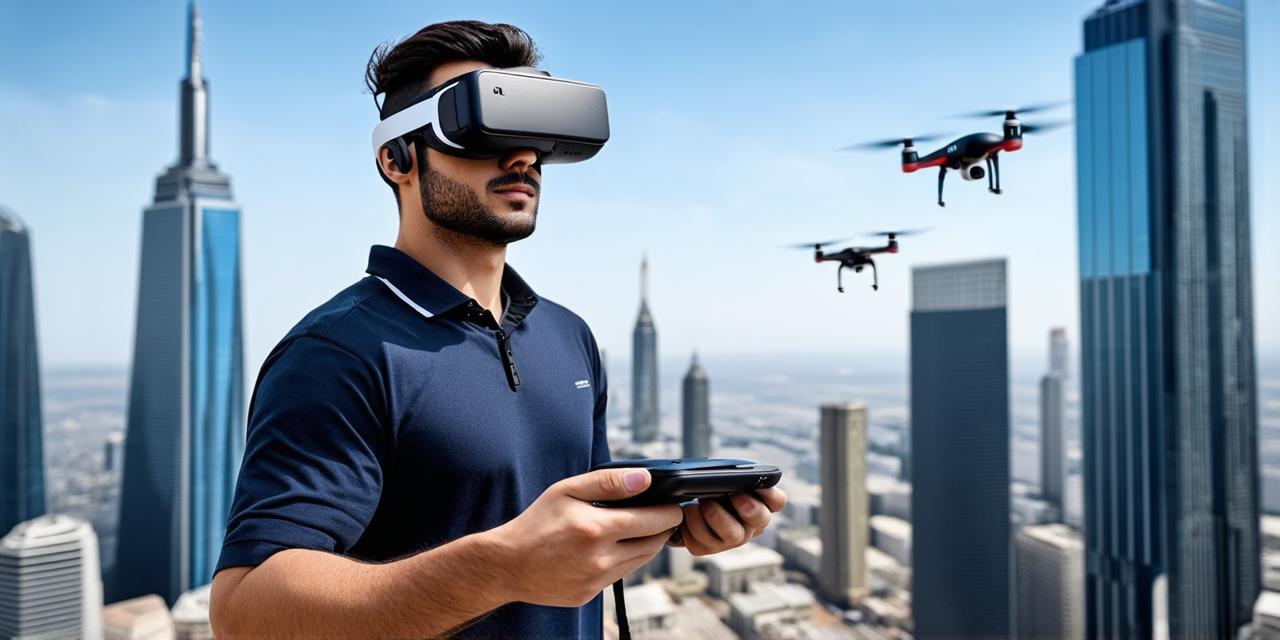
What does a virtual reality headset do?
Virtual reality (VR) is an exciting technology that has the potential to transform the way we live, work, and play. VR headsets are the main device used to access VR experiences, and they come in different types and features.
What is a virtual reality headset?
A virtual reality headset is a device that provides users with an immersive experience by displaying stereoscopic images to each eye, creating the illusion of depth and 3D space. The headset also tracks the user’s movements using sensors and allows them to interact with the simulated environment. VR headsets can be used for a variety of purposes, including gaming, education, training, and therapy.
Types of virtual reality headsets:
There are three main types of VR headsets available: standalone, mobile, and PC-powered.
Standalone VR headsets
Standalone VR headsets are self-contained devices that do not require a separate computer or smartphone to function. These headsets typically have built-in sensors and cameras, making them easy to set up and use. Examples of standalone VR headsets include the Oculus Quest 2 and the HTC Vive Pro Eye.
Mobile VR headsets
Mobile VR headsets are designed to work with a smartphone or tablet. These headsets require a separate device to function and typically have lower resolution displays compared to standalone headsets. Examples of mobile VR headsets include the Samsung Gear VR and the Google Cardboard.
PC-powered VR headsets
PC-powered VR headsets require a separate computer to function and typically have higher resolution displays and more advanced features compared to standalone and mobile headsets. These headsets are popular among developers and professionals who need more powerful hardware to create and experience high-quality VR experiences. Examples of PC-powered VR headsets include the Oculus Rift and the HTC Vive.
Features of virtual reality headsets:

VR headsets have several features that make them immersive and interactive. These features include:
- Stereoscopic displays: VR headsets use two screens to display stereoscopic images, creating the illusion of depth and 3D space.
- Tracking sensors: VR headsets use a variety of sensors, including accelerometers, gyroscopes, and magnetometers, to track the user’s movements in real-time.
- Eye tracking: Some VR headsets use eye tracking technology to adjust the image displayed based on where the user is looking.
- Audio: VR headsets typically have built-in audio systems that provide users with immersive sound effects and music.
- Hand tracking: Some VR headsets use hand tracking technology to allow users to interact with virtual objects using their hands.
How does a virtual reality headset work?
A VR headset works by displaying stereoscopic images to each eye, creating the illusion of depth and 3D space. The headset also tracks the user’s movements using sensors and allows them to interact with the simulated environment. Here is a basic overview of how a VR headset works:
- Sensors: The headset uses a variety of sensors, including accelerometers, gyroscopes, and magnetometers, to track the user’s movements in real-time.
- Image processing: The headset processes the data from the sensors and adjusts the image displayed based on the user’s position and movement.
- Display: The headset displays stereoscopic images to each eye, creating the illusion of depth and 3D space.
- User interaction: The user can interact with virtual objects using hand or body tracking technology.
Conclusion:
Virtual reality headsets are a powerful tool that allows users to experience immersive environments in a safe and controlled way. They have the potential to revolutionize industries such as gaming, education, training, and therapy. By understanding what a VR headset does and how it works, developers can create more realistic and engaging VR experiences for users. Whether you are a gamer, educator, or professional, there is a VR headset available to suit your needs and budget.


